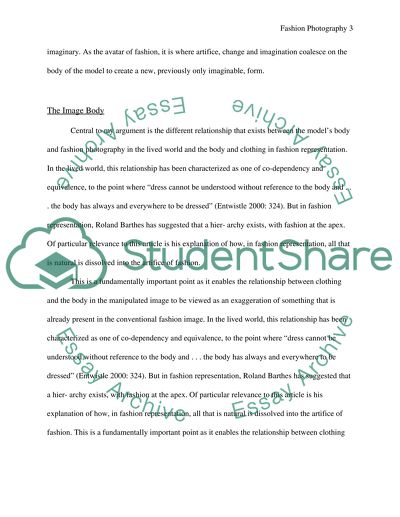Cite this document
(“Body and Fashion Photography Essay Example | Topics and Well Written Essays - 2000 words”, n.d.)
Retrieved from https://studentshare.org/visual-arts-film-studies/1514529-body-and-fahsion-photography
Retrieved from https://studentshare.org/visual-arts-film-studies/1514529-body-and-fahsion-photography
(Body and Fashion Photography Essay Example | Topics and Well Written Essays - 2000 Words)
https://studentshare.org/visual-arts-film-studies/1514529-body-and-fahsion-photography.
https://studentshare.org/visual-arts-film-studies/1514529-body-and-fahsion-photography.
“Body and Fashion Photography Essay Example | Topics and Well Written Essays - 2000 Words”, n.d. https://studentshare.org/visual-arts-film-studies/1514529-body-and-fahsion-photography.


